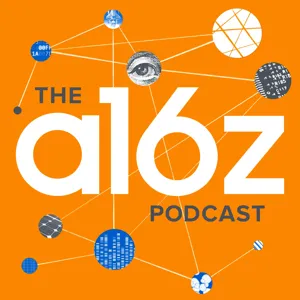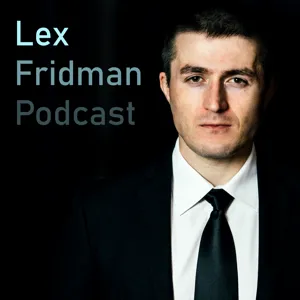World’s Largest Supercomputer v. Biology’s Toughest Problems

Proteins are molecular machines that must first assemble themselves to function. But how does a protein, which is produced as a linear string of amino acids, assume the complex three-dimensional structure needed to carry out its job?
That's where Folding at Home comes in. Folding at Home is a sophisticated computer program that simulates the way atoms push and pull on each other, applied to the problem of protein dynamics, aka "folding". These simulations help researchers understand protein function and to design drugs and antibodies to target them. Folding at Home is currently studying key proteins from the virus that causes COVID-19 to help therapeutic development.
Given the extreme complexity of these simulations, they require an astronomical amount of compute power. Folding at Hold solves this problem with a distributed computing framework: it breaks up the calculations in the smaller pieces that can be run on independent computers. Users of Folding at Home - millions of them today - donate the spare compute power on their PCs to help run these simulations. This aggregate compute power represents the largest super computer in the world: currently 2.4 exaFLOPS!
Folding at Home was launched 20 years ago this summer in the lab of Vijay Pande at Stanford. In this episode, Vijay (now a general partner at a16z) is joined by his former student and current director of Folding at Home, Greg Bowman, an associate professor at Washington University in St. Louis, and Lauren Richardson. We discuss the origins of the Folding at Home project along with its connection to SETI@Home and Napster; also the scientific and technical advances needed to solve the complex protein folding and distributed computing problems; and importantly what does understanding protein dynamics actually achieve?
